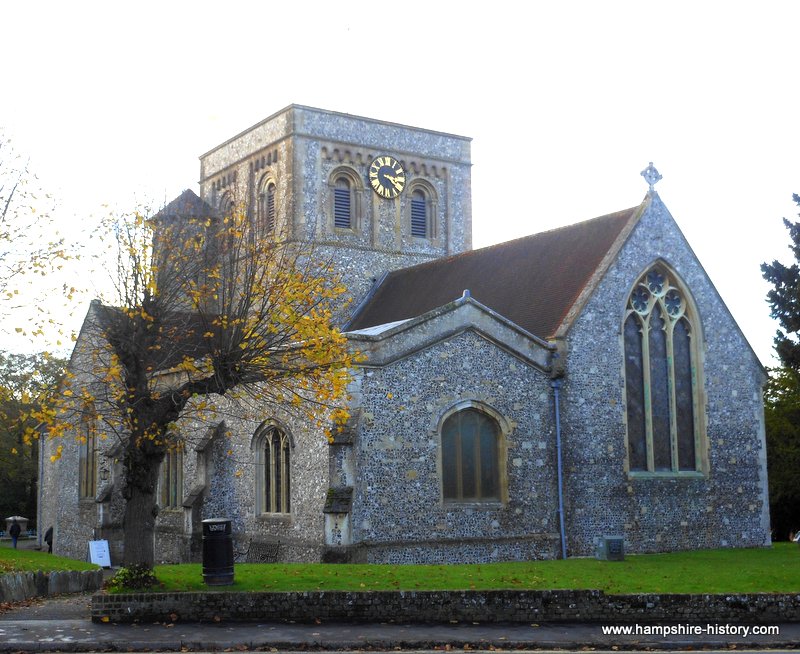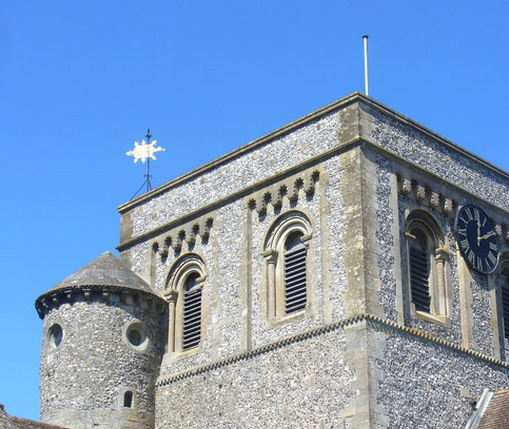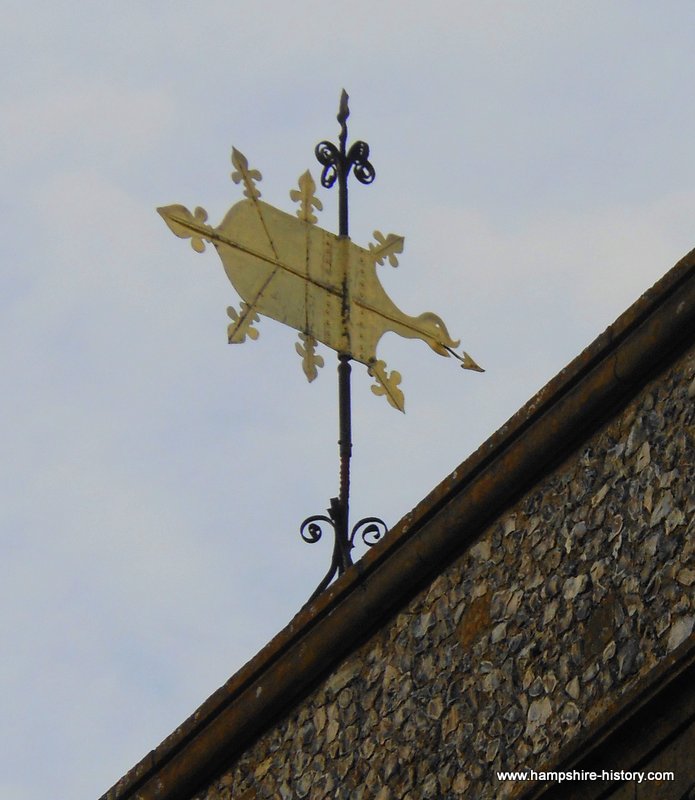One look at St Mary’s church in Kingsclere tells the observer that this is no ordinary village church.
The striking tower with its attendant circular stairway sits above the crossing, a large space that dominates the interior of the church. Great Norman arches have been subject to the hands of Victorian restorations but there is no doubting that this church has its origins in the Norman period 1130 – 1140.
If you visit other Minster churches or churches that played an important part in Hampshire’s ecclesiastical past, you will notice a similarity to St Mary’s. St Cross at Winchester, All Saints at East Meon or St Peter’s at Titchfield all have a strong almost military presence.
A Saxon and Norman past
The settlement of Kingsclere was an important place for the royal household in Saxon times. Quite possibly the area was used for hunting with dwellings for the royal household, the Domesday book records there being a hall at Clere. It is assumed there was a Saxon church at Kingsclere and that the present Norman structure, built for a community of Augustinian Canons, replaced it and the minster developed from it.
A Victorian restoration
With a sweep of the Victorian magic wand, the church was rebuilt under the instruction of the architect Thomas Hellyer who was taking his orders from the Honourable Algitha Orde Powlett, who instructed him to rebuild St Mary’s as it was thought to have looked in its Norman heyday. There is no doubt that this has taken some of the ‘ancient’ out of this great minster church but its fascinating history cannot be denied, it is a beautiful old church.
That weather-vane
Is it a bedbug, destined to adorn the church ever since King John had his sleep disturbed by the little critters during a stopover in Kingsclere? Or does the shape represent a tortoise, a C15th representaion of patient progress. The story is bound in Hampshire folklore and no one will probably ever know what it truly represents.



